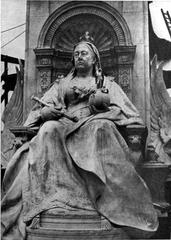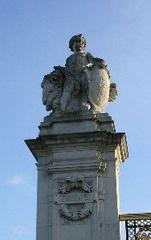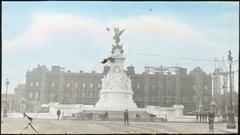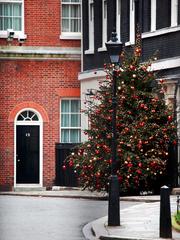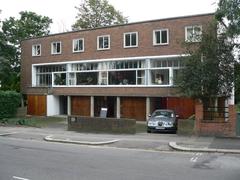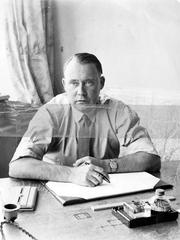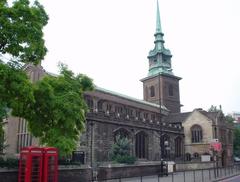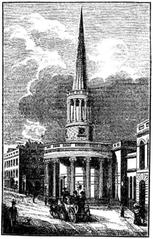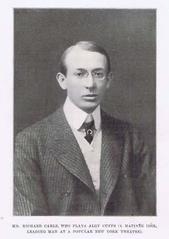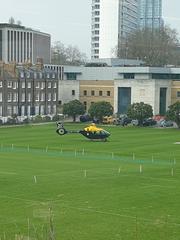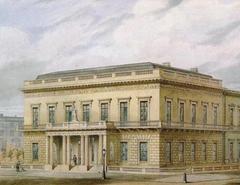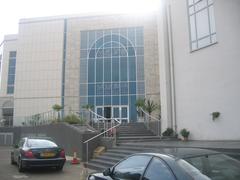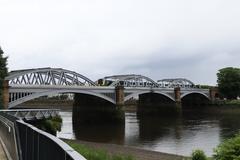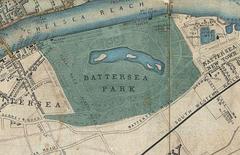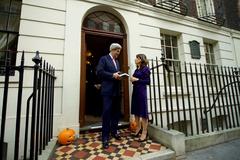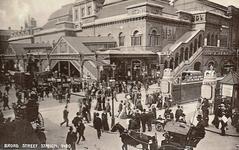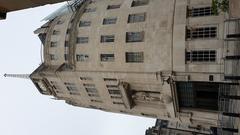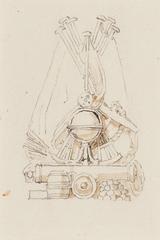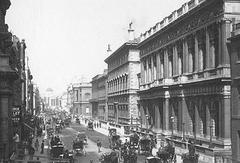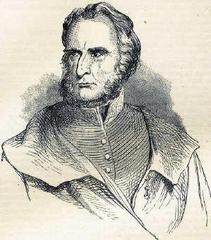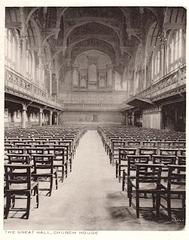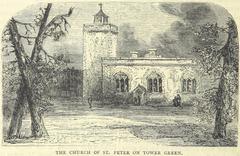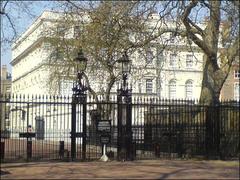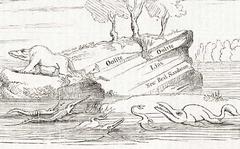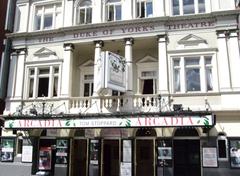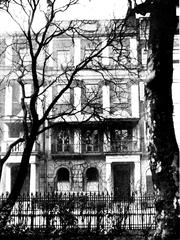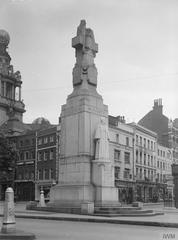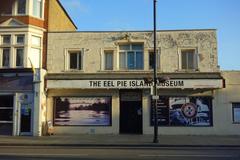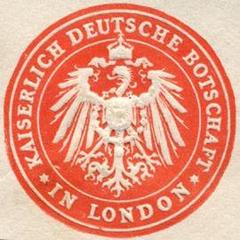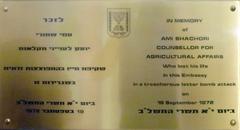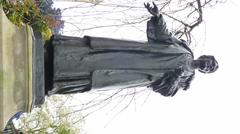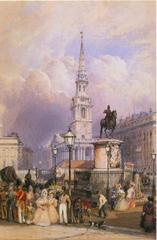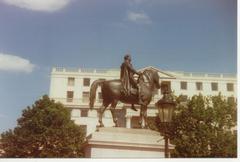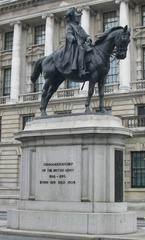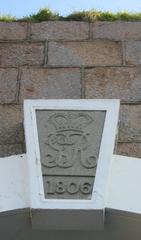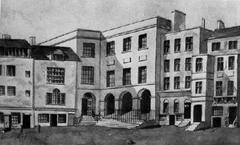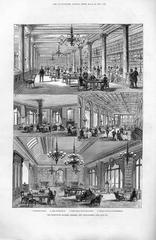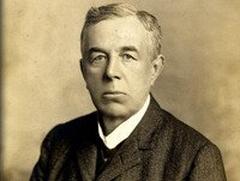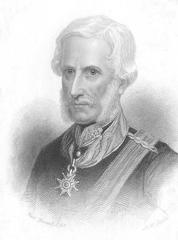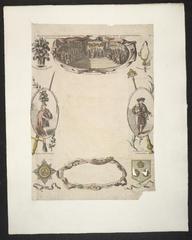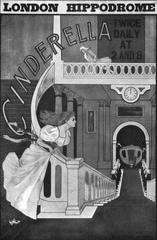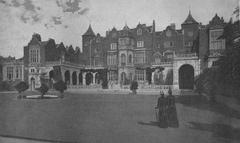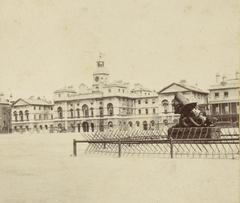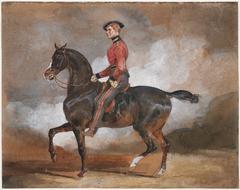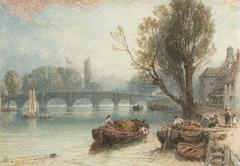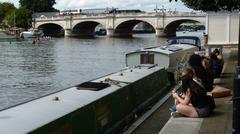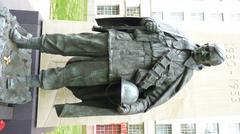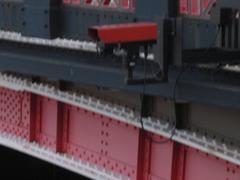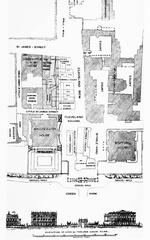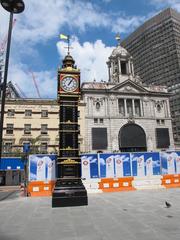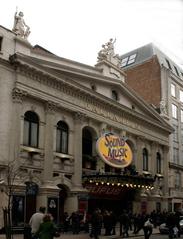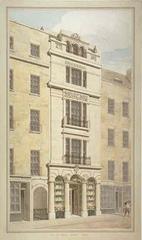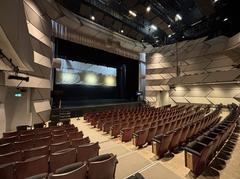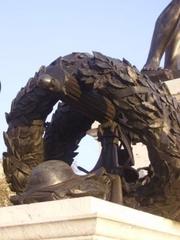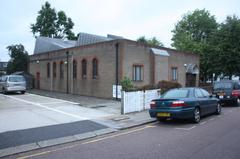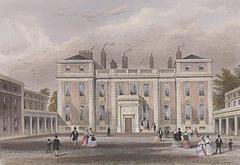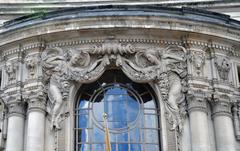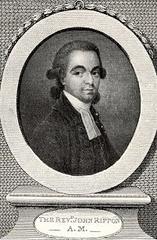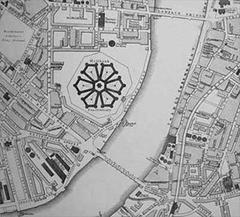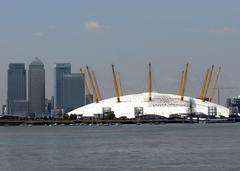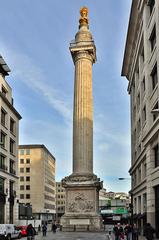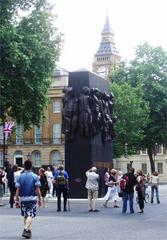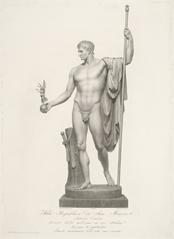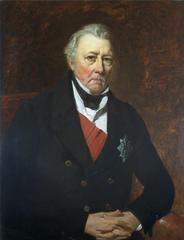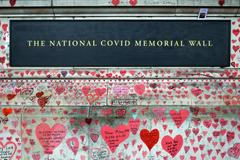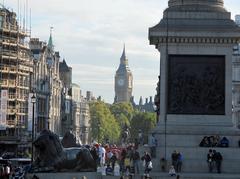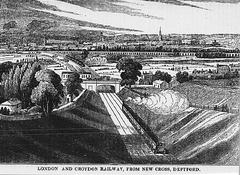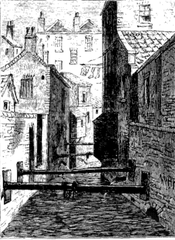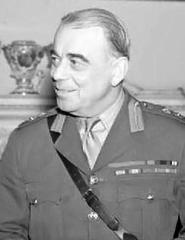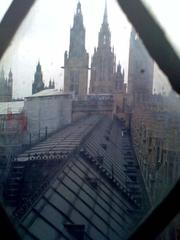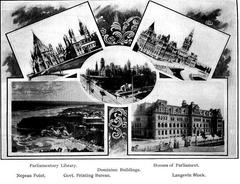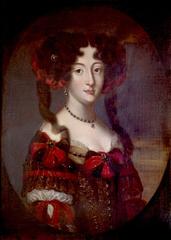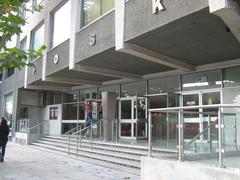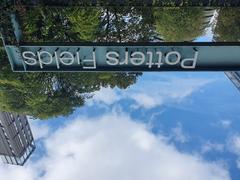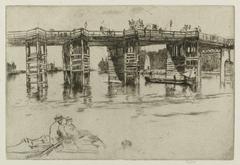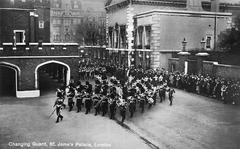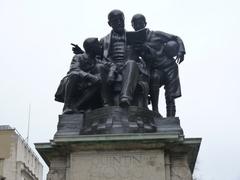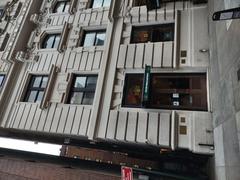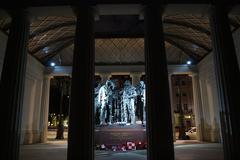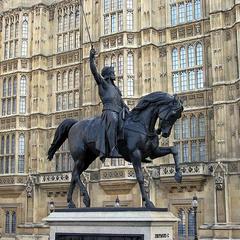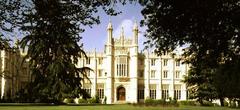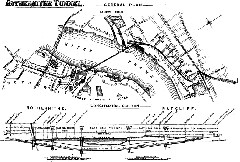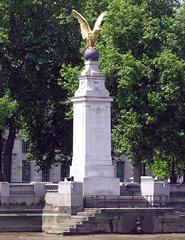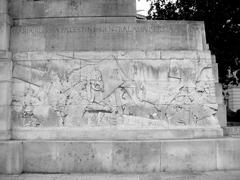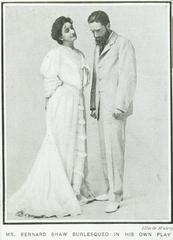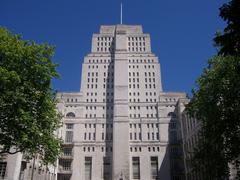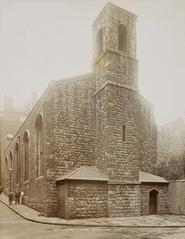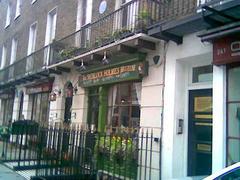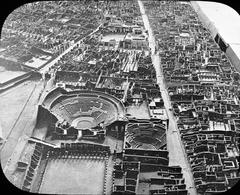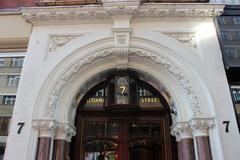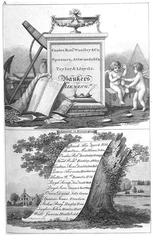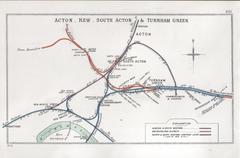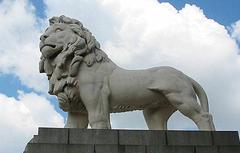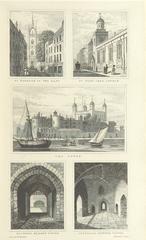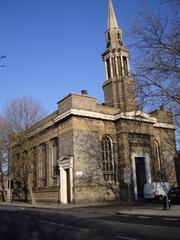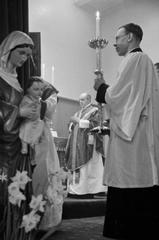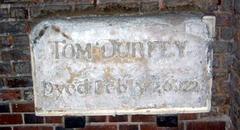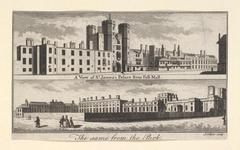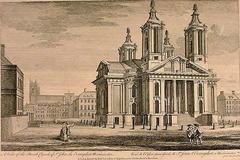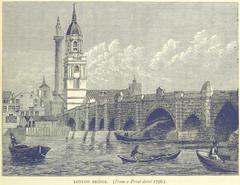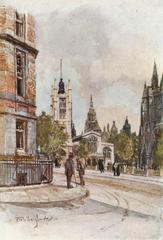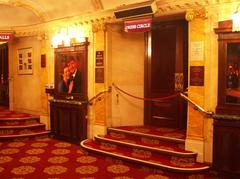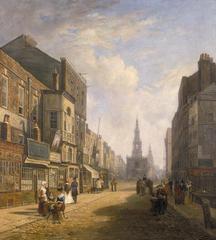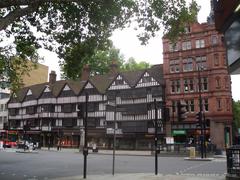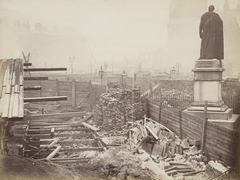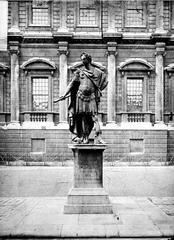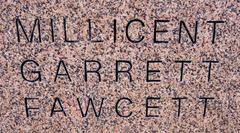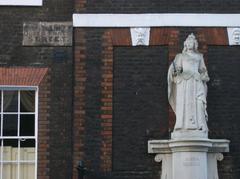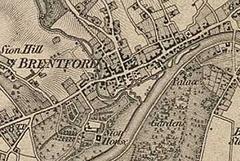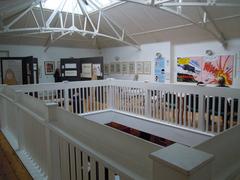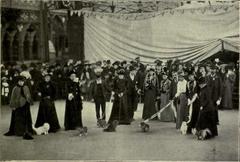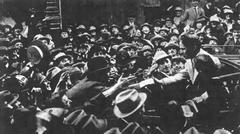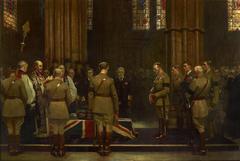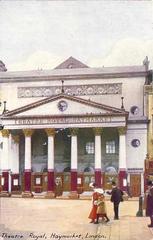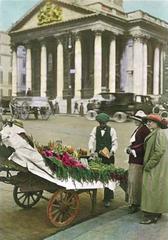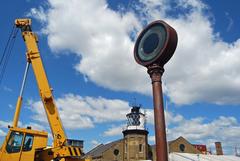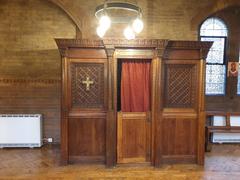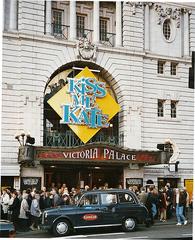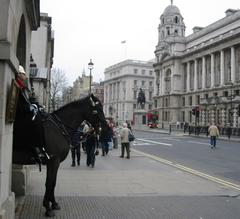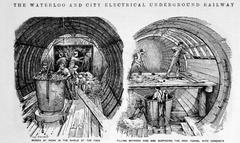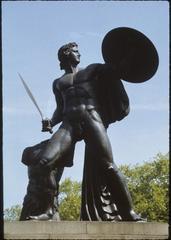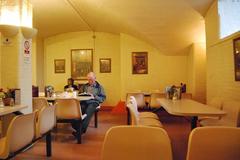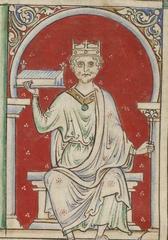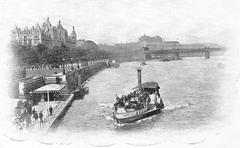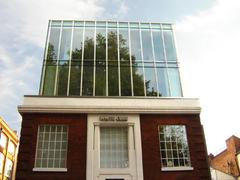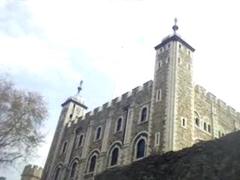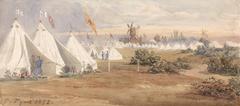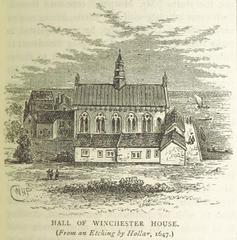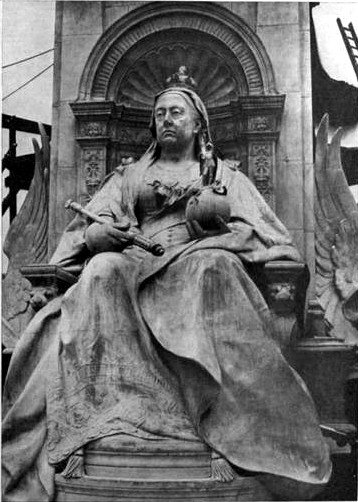
Visiting Victoria Memorial: Hours, Tickets, and Historical Insights
Date: 18/07/2024
Introduction
The Victoria Memorial in London stands as one of the city’s most iconic landmarks, majestically positioned in front of Buckingham Palace. Established to honor Queen Victoria’s extensive and influential reign from 1837 to 1901, the memorial is not only a tribute to her legacy but also a significant cultural and historical point of interest attracting millions of visitors annually. Designed by Sir Aston Webb and sculpted by Sir Thomas Brock, this monument combines classical and allegorical elements, encapsulating virtues such as Truth, Justice, and Motherhood. To fully appreciate the grandeur and historical significance of the Victoria Memorial, it is essential to delve into its rich history, architectural magnificence, and cultural impact (Royal Parks, Historic England). This comprehensive guide will provide you with all the necessary information, including visiting hours, ticket prices, travel tips, and more, ensuring a memorable visit to this remarkable site.
Table of Contents
History of Victoria Memorial
Origins and Conception
The Victoria Memorial, located in front of Buckingham Palace in London, is a grand monument dedicated to Queen Victoria, who reigned from 1837 to 1901. The idea for the memorial was conceived shortly after her death in 1901, as a tribute to her long and influential reign. The project was part of a broader initiative to commemorate the Queen’s legacy and the Victorian era’s achievements (British Monarchy).
Design and Construction
The design of the Victoria Memorial was entrusted to Sir Aston Webb, a prominent British architect known for his work on the facade of Buckingham Palace. The sculptural elements were created by Sir Thomas Brock, a renowned sculptor of the time. The memorial’s design is a blend of classical and allegorical elements, symbolizing the virtues and achievements of Queen Victoria’s reign.
Construction of the memorial began in 1906 and was completed in 1924. The monument is made primarily of white Carrara marble, sourced from Italy, and features a central statue of Queen Victoria seated on a throne. Surrounding her are allegorical figures representing Truth, Justice, and Motherhood, as well as other symbolic elements such as lions and angels.
Unveiling and Public Reception
The Victoria Memorial was officially unveiled on May 16, 1911, by King George V, Queen Victoria’s grandson. The unveiling ceremony was a grand affair, attended by members of the royal family, government officials, and a large crowd of spectators. The memorial was well-received by the public and critics alike, who praised its grandeur and the skill of its craftsmanship.
Symbolism and Artistic Elements
The Victoria Memorial is rich in symbolism, reflecting the values and achievements of Queen Victoria’s reign. The central statue of Queen Victoria is flanked by two seated figures representing Truth and Justice, symbolizing the Queen’s commitment to these principles. Above her is a gilded statue of Victory, holding a palm branch and a wreath, symbolizing peace and triumph.
The memorial also features a series of bas-reliefs depicting scenes from Queen Victoria’s life and reign, including her coronation, marriage, and various state occasions. These reliefs were designed to celebrate the Queen’s personal and public achievements and to inspire future generations.
Restoration and Preservation
Over the years, the Victoria Memorial has undergone several restoration and preservation efforts to maintain its grandeur and structural integrity. In the 1990s, a major restoration project was undertaken to clean and repair the marble surfaces, which had become discolored and weathered over time. The restoration work was carried out by skilled craftsmen and conservators, who used traditional techniques and materials to preserve the monument’s original appearance.
In recent years, the memorial has been subject to ongoing maintenance and conservation efforts, including regular cleaning and inspections to ensure its long-term preservation. These efforts are overseen by the Royal Parks, the organization responsible for managing the memorial and its surrounding gardens (Royal Parks).
Historical Significance
The Victoria Memorial holds significant historical importance as a symbol of the Victorian era and Queen Victoria’s legacy. It serves as a reminder of the Queen’s long and influential reign, which saw significant social, economic, and technological changes in Britain and the wider world. The memorial also reflects the values and ideals of the Victorian era, including a commitment to truth, justice, and progress.
The monument is also an important cultural landmark in London, attracting millions of visitors each year. It is a popular spot for tourists and locals alike, who come to admire its grandeur and learn about its historical significance. The Victoria Memorial is also a focal point for various state occasions and public ceremonies, including the annual Trooping the Colour parade, which marks the official birthday of the British monarch.
Visitor Information
Ticket Prices and Opening Hours
The Victoria Memorial is free to visit, and it is accessible to the public 24 hours a day, seven days a week. There are no ticket prices associated with visiting the memorial itself, but guided tours of nearby Buckingham Palace may have associated costs (Royal Collection Trust).
Travel Tips
The Victoria Memorial is easily accessible by public transport. The nearest underground station is Green Park, which is served by the Jubilee, Piccadilly, and Victoria lines. From there, it is a short walk to the memorial. Several bus routes also pass by Buckingham Palace Road (Transport for London).
Nearby Attractions
While visiting the Victoria Memorial, you can also explore nearby attractions such as Buckingham Palace, St. James’s Park, and The Mall. These sites offer a deeper dive into British history and culture (Visit London).
Accessibility
The Victoria Memorial and its surrounding areas are wheelchair accessible. There are paved pathways and ramps to ensure that all visitors can enjoy the monument and its surroundings comfortably (Royal Collection Trust).
Special Events and Guided Tours
The Victoria Memorial is a focal point for various special events and ceremonies, such as the Changing of the Guard and the Trooping the Colour parade. Guided tours of Buckingham Palace often include information about the memorial and its significance.
Photographic Spots
The Victoria Memorial offers several excellent photographic opportunities. The central statue of Queen Victoria, the surrounding figures, and the backdrop of Buckingham Palace make for stunning photos. Early morning or late afternoon light often provides the best conditions for photography.
FAQ
What are the visiting hours for Victoria Memorial?
The Victoria Memorial is accessible to the public 24 hours a day, seven days a week.
How much are tickets for Victoria Memorial?
There are no ticket prices for visiting the Victoria Memorial; it is free to the public.
What is the historical significance of Victoria Memorial?
The Victoria Memorial commemorates Queen Victoria’s long and influential reign and reflects the values and achievements of the Victorian era.
Conclusion and Call to Action
The Victoria Memorial is not just a tribute to Queen Victoria but also a symbol of an era marked by significant social, economic, and technological advancements. Whether you’re a history enthusiast or a casual visitor, the memorial offers a compelling glimpse into Britain’s past. Plan your visit today to experience this grand monument in person. For more updates and related articles, follow our blog and download our mobile app Audiala for the latest information on London’s historical sites.
